Rodents are masters of survival and adaptation. Wherever humans are found, rodents have found a way to follow. Find out the common culprits and what rodents in Minnesota are after.
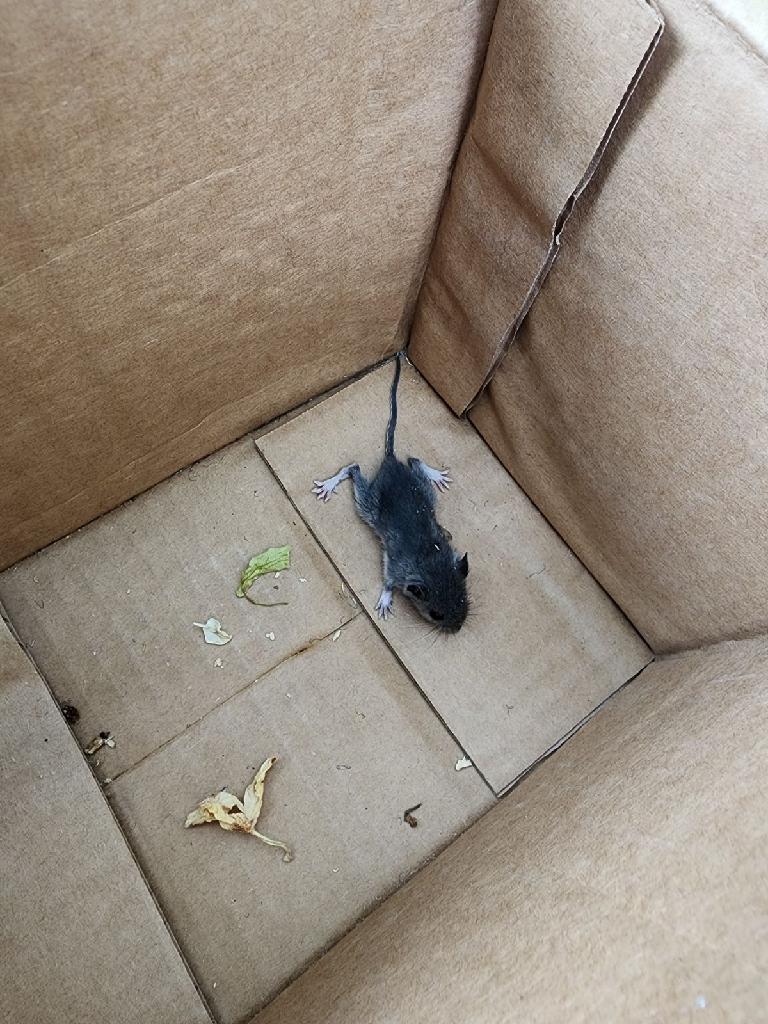
COMMON RODENTS IN MINNESOTA: MICE, RATS, AND MORE
Mice in Minnesota go as well together as the alliteration. The most common mouse is the house mouse, but there are many different kinds of rodents:
- deer mouse – looks a lot like the white footed mouse with large ears, big ears, and long tails.
- white footed mouse – like the deer mouse but with less definition between the two hues on the tail and larger hind legs
- common house mice – a very common rodent. It is omnivorous, small, fast, and typically a dull gray or brown color.
- meadow jumping mouse – hibernates
- woodland jumping mouse – also hibernates
- western harvest mouse – looks similar to a house mouse and makes small round nests on the ground
- plains pocket mouse

Rats are represented strongly by the brown rat. This old world rat has many names such as Norway/Norwegian Rat, Wharf rat, Hanover rat, sewer rat, and the common rat.
Voles and lemmings – various species including rock voles, prairie voles, woodland voles, red-backed vole, heather vole, northern bog lemming, and southern bog lemming eat vegetation with many eating primarily grasses.
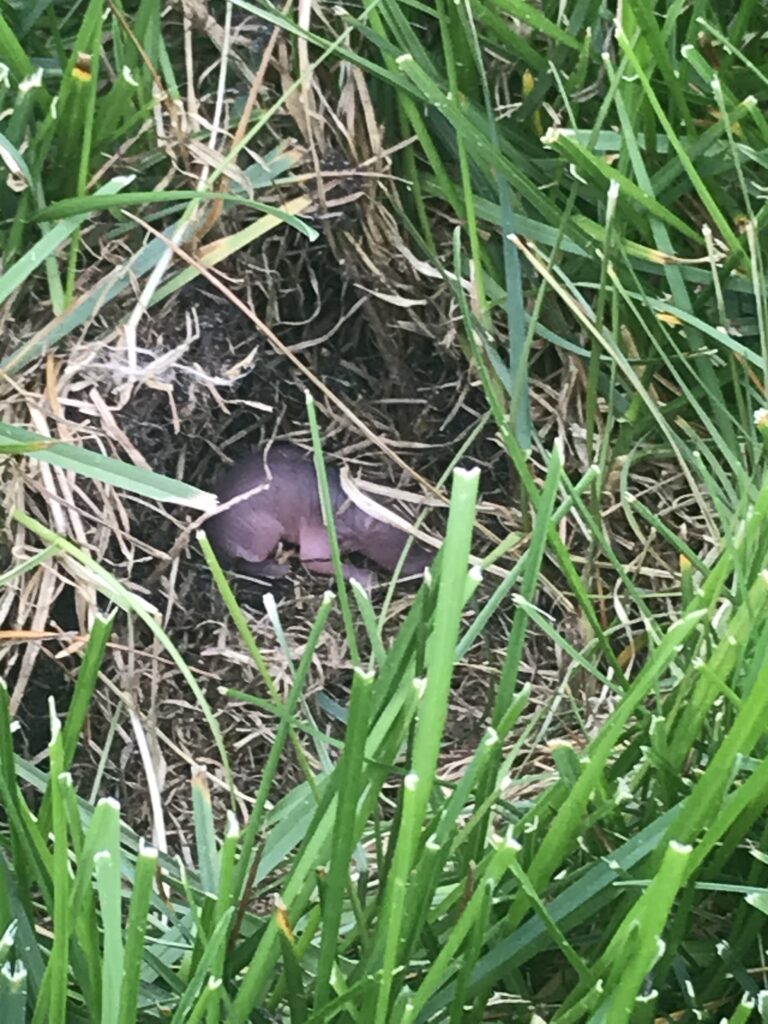
LARGE RODENTS IN MINNESOTA: NORWAY RATS AND ROOF RATS
When compared to a 2-4 inch mouse, a 7-9 inch rat is significantly larger and eats quite a bit more too. Despite their size, all kinds of rats can still squeeze through 1/2 inch gaps.
Do rats come out in the winter? Unfortunately even winter in Minnesota is not too cold for the the brown or Norway rat which is common in Minnesota year round. They are nocturnal and excellent swimmers so they are just as much fans of the land of 10,000 lakes as you are. They are omnivorous and excellent at burrowing.
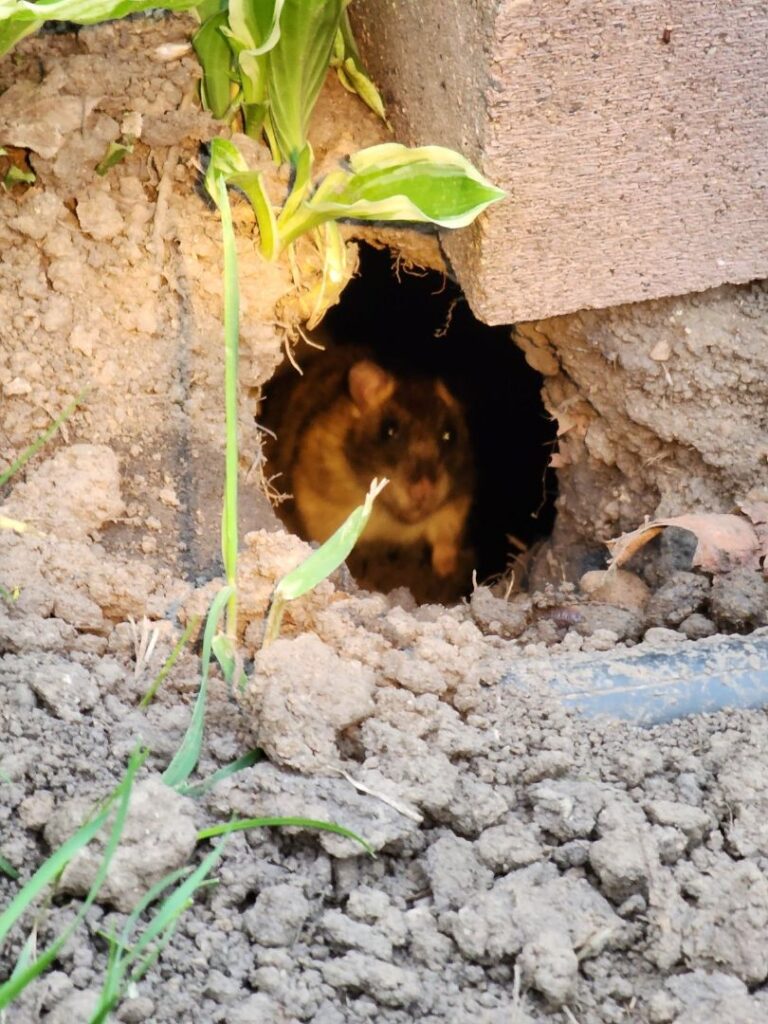
Rats are known for sleeping together and grooming each other as well as having complex communication with pups sending out ultrasonic vocalizations to interact with their mother.
Different kinds of rats like roof rats are much more common in the southern states though frequent shipping of goods makes any part of the US accessible to any rodent.
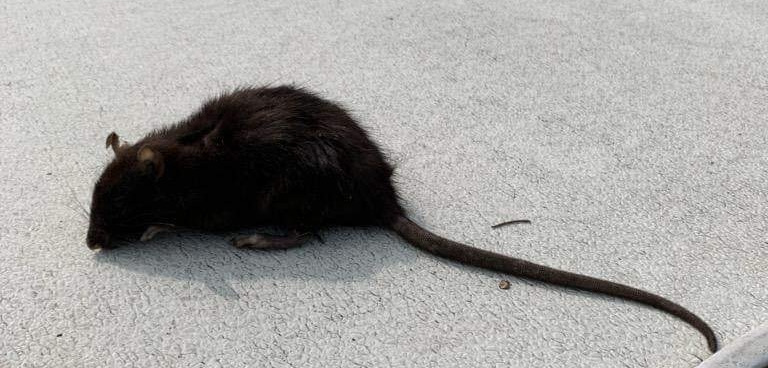
SIGNS OF A RODENT INFESTATION IN YOUR HOME
The most common signs a rodent has laid claim to your house include:
- rodent sightings
- droppings
- grease marks
- gnaw marks – these may be on the structure or on food
- rustling or scurrying sounds especially at night
- a musky or pungent oder from their urine and decay
THE DAMAGE AND HEALTH RISKS CAUSED BY RODENTS
Rodents pose direct threats to human health through various mechanisms including:
- food contamination – from their saliva, urine, and droppings.
- diseases – hantavirus, salmonellosis, rat bite fever, leptospirosis, and others.
- ectoparasites – mice can introduce ticks and fleas which carry diseases of their own.
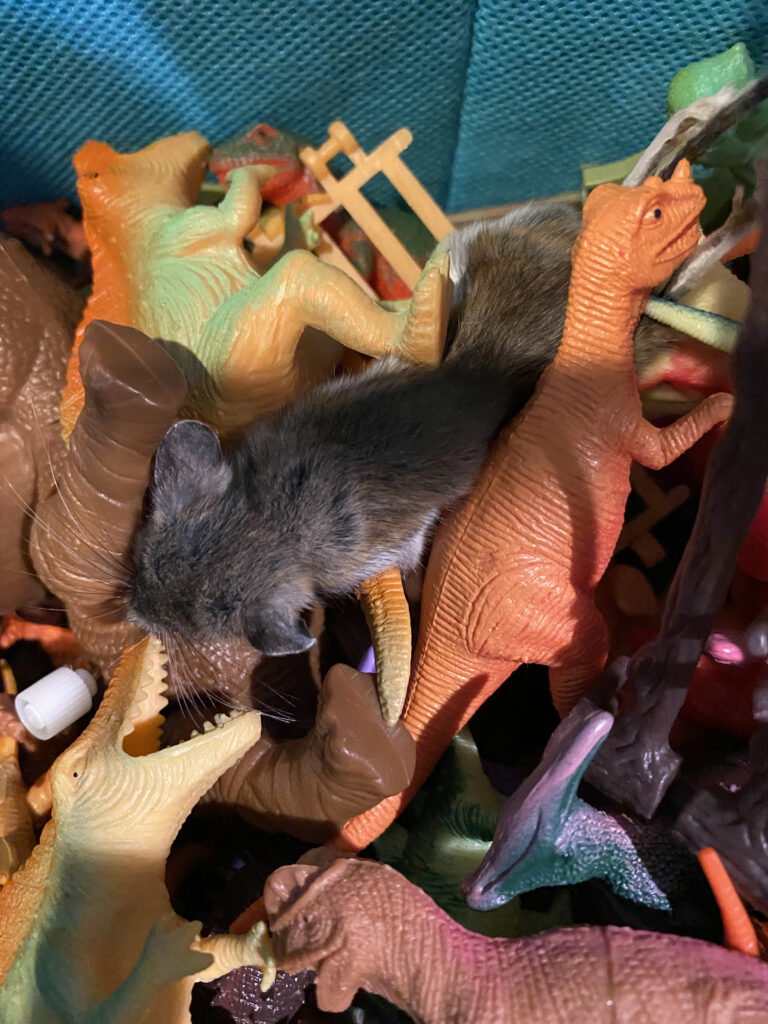
TIPS FOR PREVENTING COMMON HOUSE MICE AND OTHER RODENTS
- Bar entry – Homes and businesses have plenty of entry points for rodents to find their way in. Remember that mice can squeeze their body through a gap that is just 1/4 inch big. Keep doors shut and rodent proof door sweeps in place. Also inspect and maintain electrical, plumbing and other cables, wires, etc. entries into the house. Something as simple as a loose board framing a window can allow a rodent to enter.
- Don’t feed the mice – in the event a rodent does find its way into your home or business, don’t nourish it! Keep foods sealed and stored. Keep in mind that mice can smell things like seasoning packets through the packaging in dried foods. Use gnaw resistant and airtight containers for best results. A mouse only needs 4-5 grams of food per day and can extract its water from the food it eats.
- Remove safe spaces – some mice are more focused on a place they can avoid predators and stay comfortable away from the elements. These mice may be happy in attic insulation, stored blankets or clothes, and dark and sheltered places. Safe spaces are great for rodent resting and birthing and when combined with a food source, you can have a rodent explosion ready to happen.
RODENT PEST CONTROL: TRUST ROVE TO KEEP YOUR HOME SAFE
Large rodents in Minnesota and little tiny ones threaten the well being of your home and its contents. Rove Pest Control will set up exterior monitoring systems to exclude and detect when rodent populations are on the rise. Tackling rodent pest control early reduced the risk of having to see one scurrying across your floor as well as any health threats that rodent may carry with it.